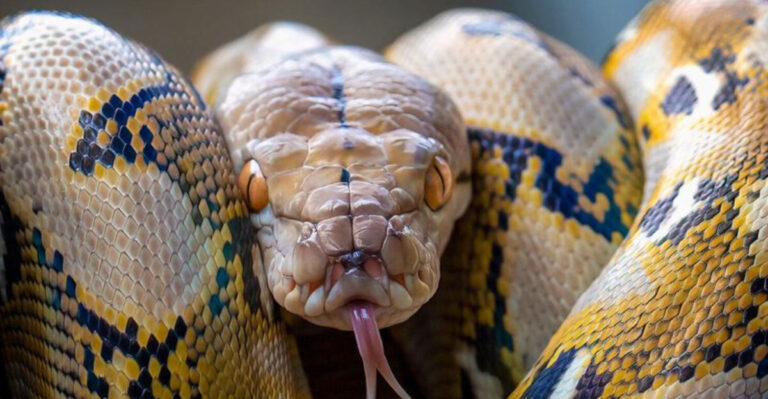19 Common Fish Behaviors That Owners Misinterpret
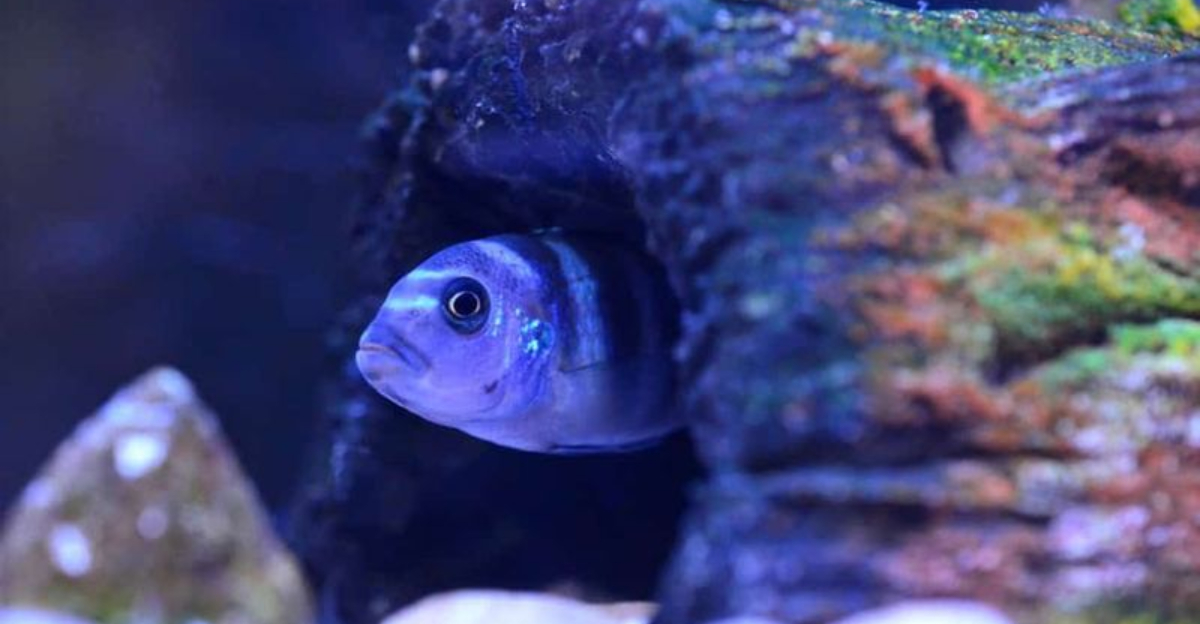
Fish are fascinating creatures that often leave their owners puzzled. Many times, what seems like peculiar behavior is actually quite normal for our aquatic friends.
Let’s explore common fish behaviors that owners often misinterpret, shedding light on what your fish is really up to!
1. Flashing Against Objects
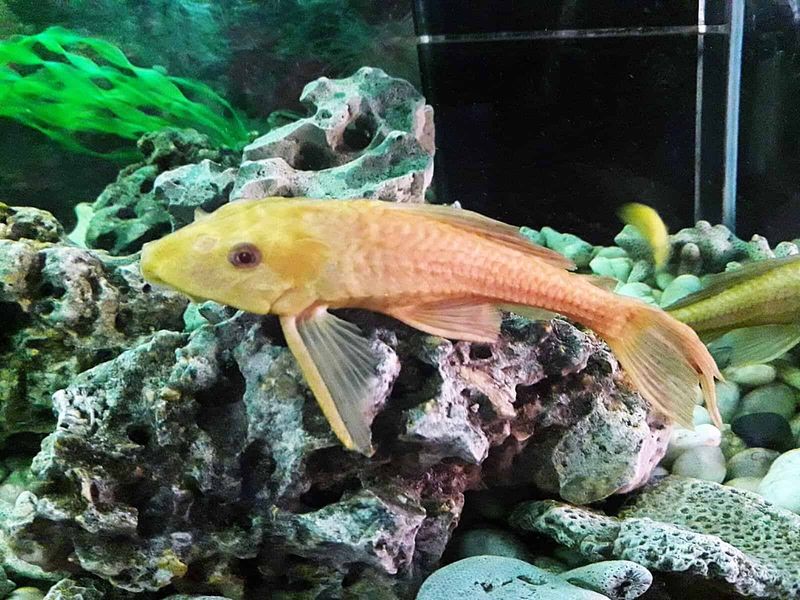
Have you ever seen your fish rubbing its body against rocks or tank walls? This behavior, known as flashing, might seem alarming, but it’s often just a way for fish to scratch an itch or remove parasites.
While occasional flashing is normal, frequent or intense flashing can indicate a health issue, such as skin irritation or parasites. It’s wise to monitor this behavior and seek help from a vet if it persists.
In most cases, it’s just a fish’s version of a good back scratch.
2. Swimming At The Surface
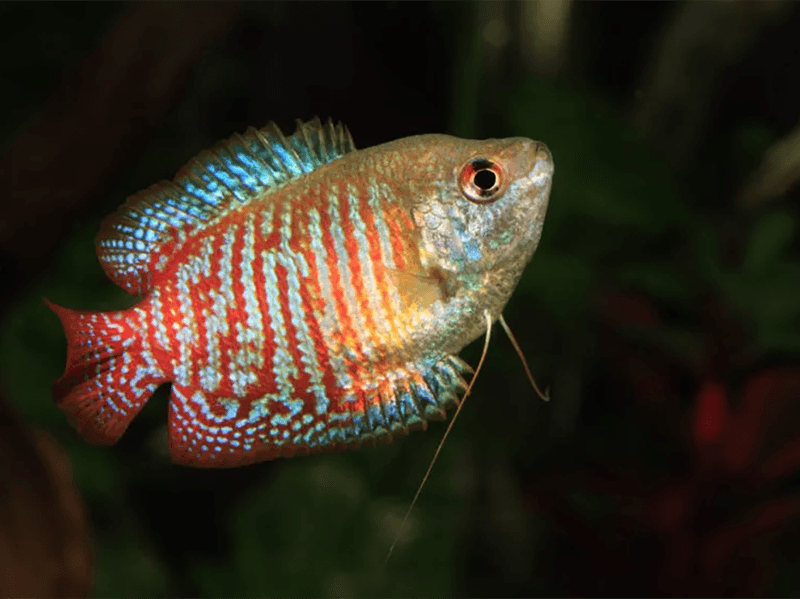
Do your fish spend more time at the water’s surface than you think they should? They might be gasping for air, but it could also be a sign of curiosity or play.
Some fish enjoy the surface because that’s where the food is often found. However, if all your fish are doing this constantly, it might be worth checking the oxygen levels in your tank.
This behavior isn’t always a cry for help; sometimes it’s just a fun exploration!
3. Hanging Vertically
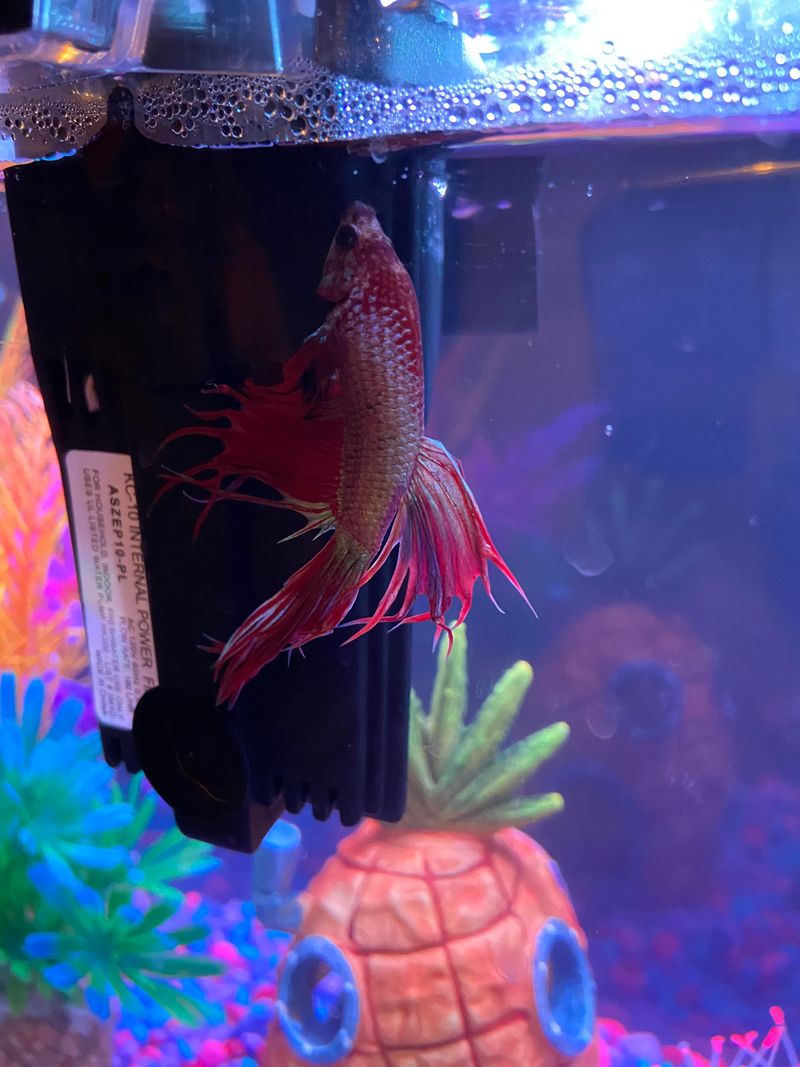
Finding your fish hanging head-down in the water can be disconcerting. However, many fish, especially species like angelfish, enjoy lounging in this vertical position.
It’s a natural behavior, often tied to how they rest or feed in the wild. But if your fish appears distressed or this behavior is new, consider checking the water quality or consulting a professional.
So next time you see this, remember they might just be catching a unique nap!
4. Hiding All The Time
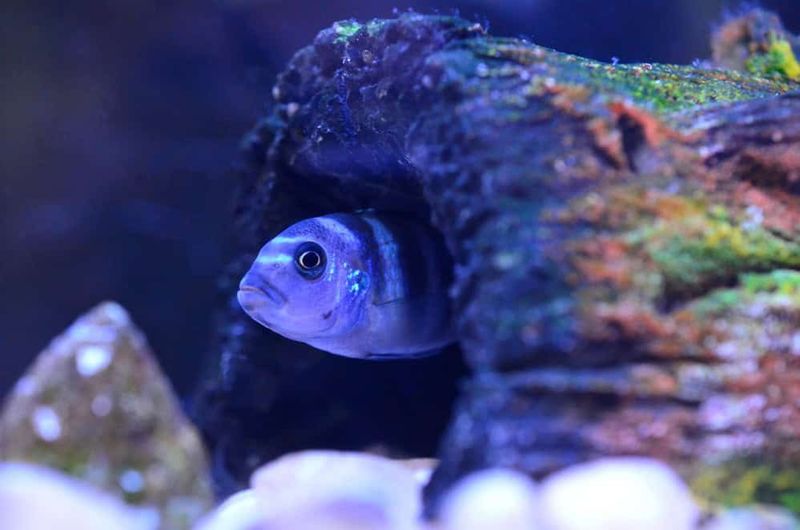
If your fish constantly hide, you might worry they’re scared. While it can be a sign of stress or illness, many fish are naturally shy and enjoy the comfort of a hideaway.
Fish like catfish and loaches often prefer the dark crevices of the tank. Ensure you have enough hiding spots and check for any bullying from tank mates.
It’s not always a sign of distress; sometimes they just love their privacy!
5. Nipping Fins
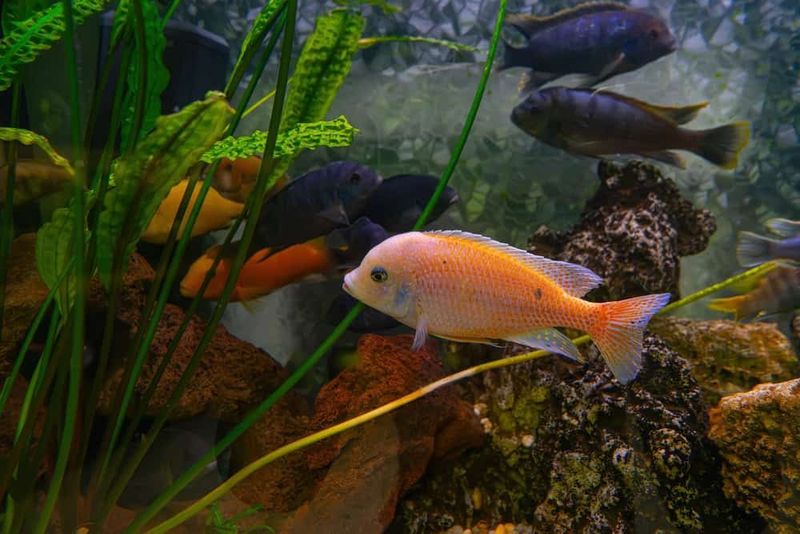
Seeing fish nipping at each other can be worrying, especially if you’re concerned about aggression. While fin nipping can be an aggressive behavior, it’s also a form of social interaction or play.
Some fish are more prone to this behavior, and it can be a way to establish hierarchy or territory.
If it becomes excessive or leads to injury, consider rearranging the tank or adding more hiding spots. It’s not always hostile; sometimes it’s just playful banter!
6. Laying On Their Sides
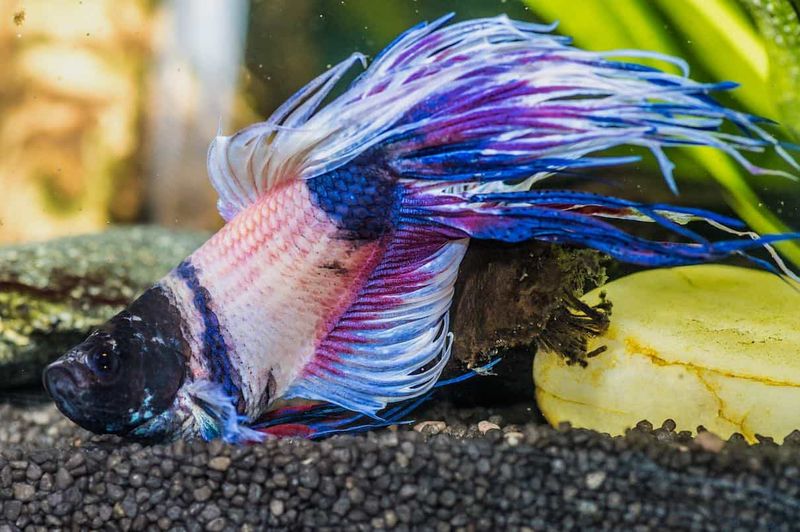
Finding your fish lying on its side can be alarming. However, some species, like discus fish, might do this as a way of resting or due to environmental changes.
It’s essential to monitor your fish’s behavior, as laying on its side can sometimes indicate illness or stress. Check your tank’s conditions and ensure they’re within the ideal parameters.
In many cases, it’s simply a quirky way they like to relax!
7. Bumping Into Glass
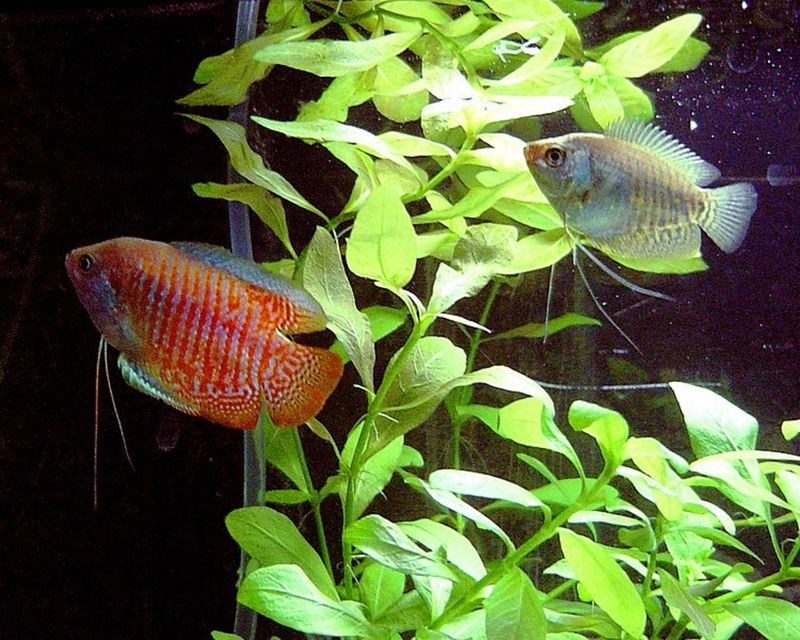
If your fish frequently bumps into the glass, you might think they’re confused or blind. Often, it’s a sign of curiosity or a playful attempt to explore the boundaries of their environment.
Ensure your tank isn’t overcrowded and check the water quality. If the behavior persists, it might be a sign of stress or illness.
More often than not, it’s just an expression of their inquisitive nature!
8. Digging In Substrate
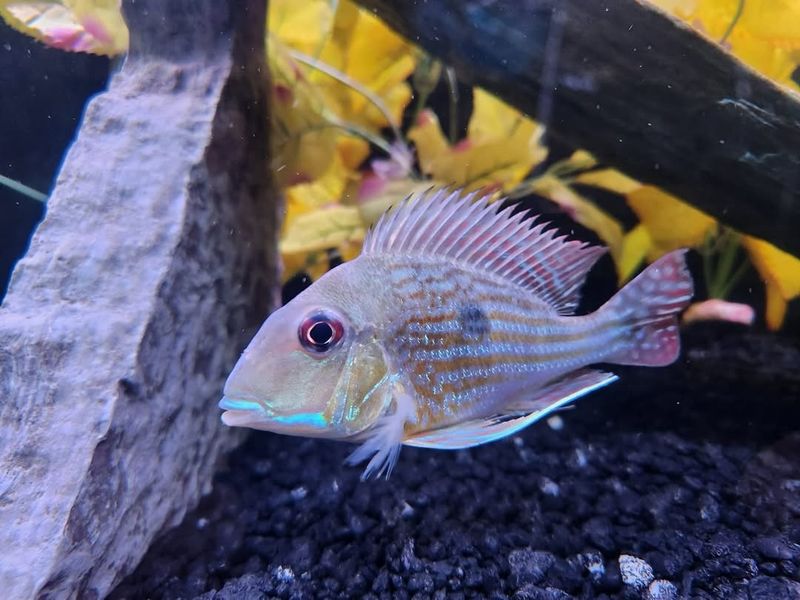
Have you noticed your fish digging around in the substrate? This behavior is common among many fish, particularly cichlids, who enjoy creating nests or searching for food.
While it can be a natural and fun activity, excessive digging might indicate a lack of enrichment in the tank. Consider adding more decorations or hiding spots.
Digging is often just a way for them to keep busy and create a cozy home!
9. Breathing Heavily
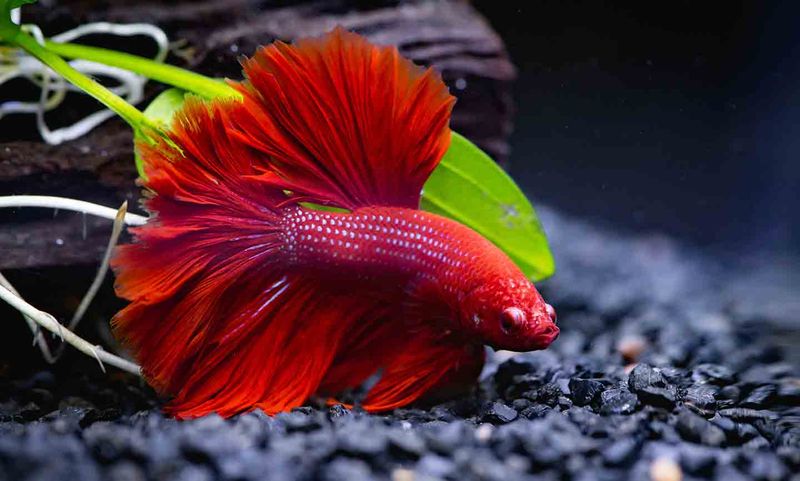
Heavy breathing in fish can be concerning, but it’s not always a dire sign. Often, it’s a response to low oxygen levels or stress from environmental changes.
Make sure your tank has proper aeration and that the water parameters are stable. If the heavy breathing continues, it might be worth consulting a vet.
In many cases, it’s simply a temporary reaction to temporary conditions!
10. Chasing Each Other
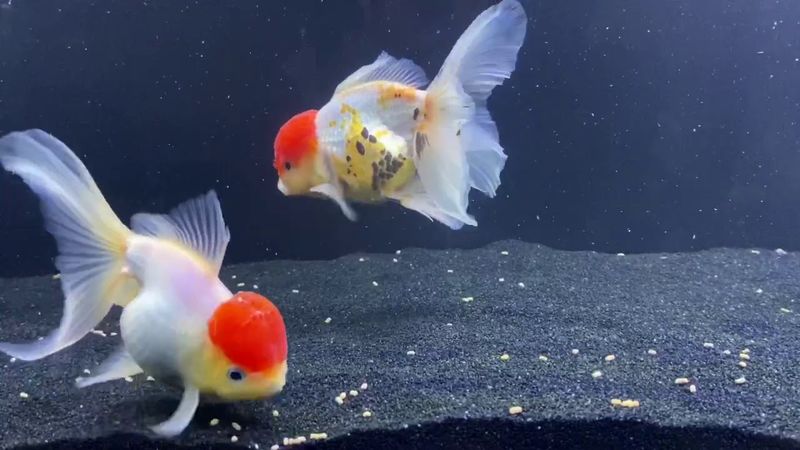
When fish chase each other, it might seem like aggression, but it can also be a playful or mating behavior. Many species, like bettas, engage in chasing to assert dominance or court a mate.
While occasional chasing is normal, constant aggression might warrant separating the fish or rearranging the tank.
Chasing can be a dynamic display of energy, so don’t always assume it’s a problem—sometimes it’s just a lively interaction!
11. Staying Near Heater
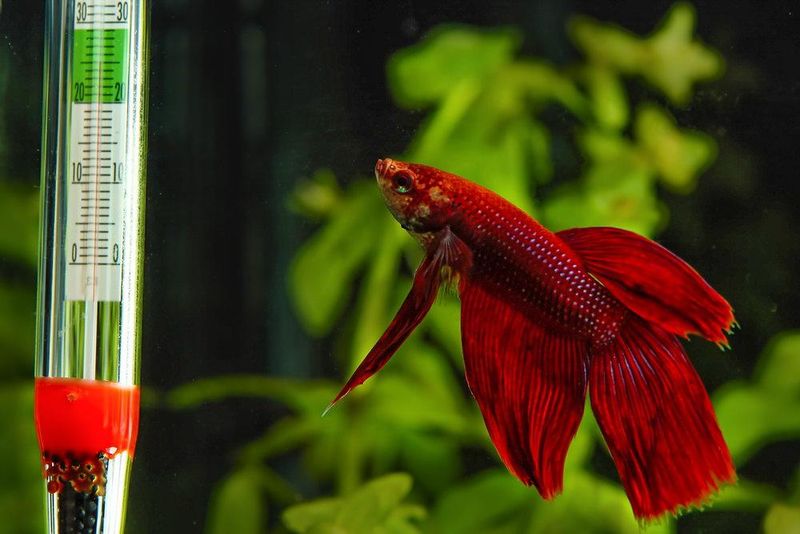
If your fish are frequently near the heater, it might seem like they’re cold. Often, they’re just seeking warmth or comfort, especially in cooler water.
Ensure your heater is working correctly and the tank temperature is consistent. Frequent heater hugging could also suggest stress or illness.
Many times, it’s just their way of finding a snug spot in their watery world!
12. Flaring Fins
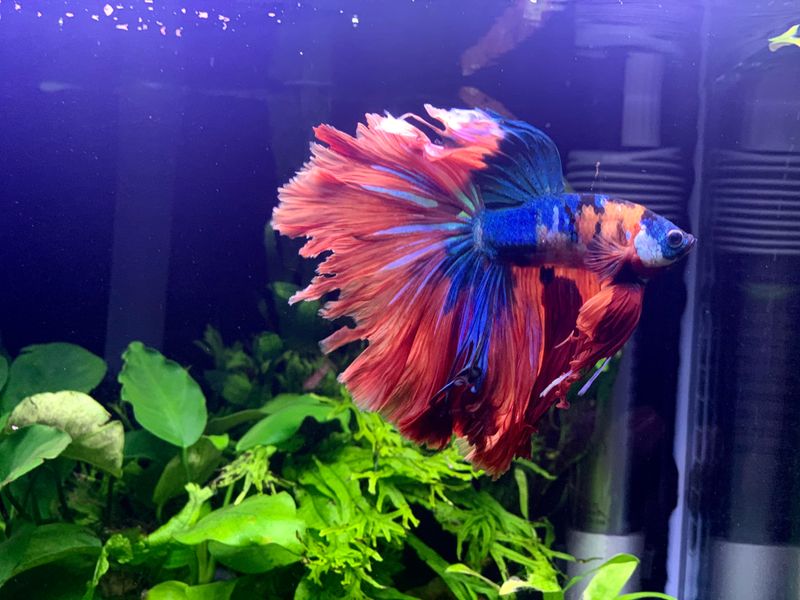
When a fish flares its fins, it can appear aggressive or defensive. While it might be a warning to other fish, it’s often a display of dominance or courtship.
This behavior is common in bettas, who love to show off their stunning fins. If the flaring is constant and causes stress, consider reducing tank reflections or separating aggressive fish.
It’s not always a sign of aggression—sometimes they’re just putting on a show!
13. Hovering Motionless
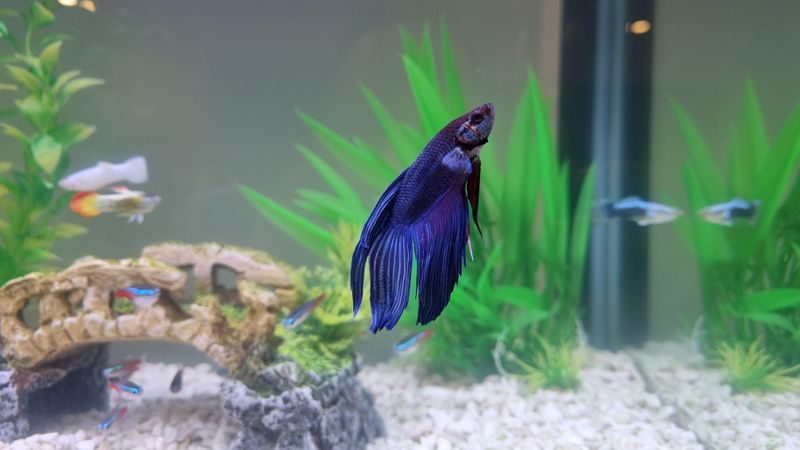
Finding your fish hovering without much movement can be puzzling. In many cases, it’s a sign of relaxation or waiting for food.
While it’s often harmless, if accompanied by other symptoms, it might indicate health issues. Ensure your tank environment is stress-free and well-maintained.
Often, they’re just in a state of calm contemplation, watching the world go by.
14. Nibbling On Plants
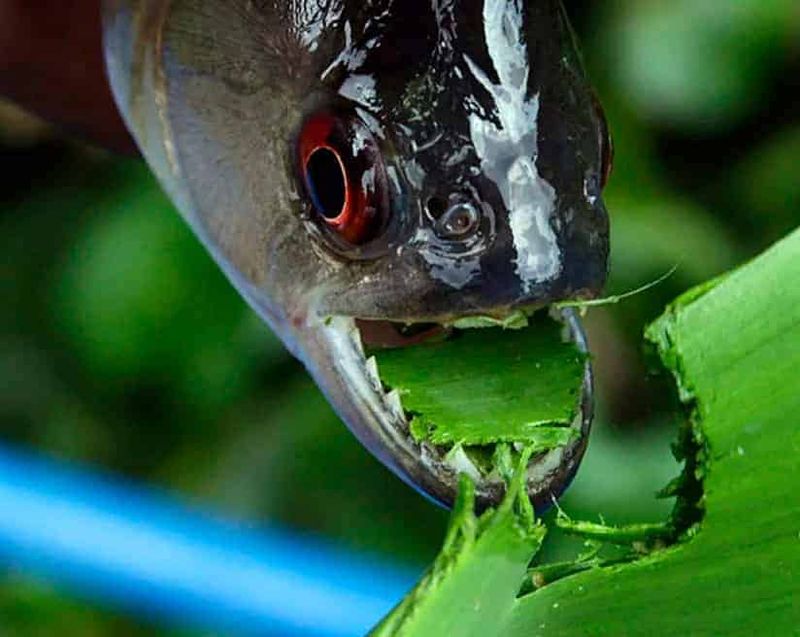
If your fish are nibbling on your aquarium plants, it might seem destructive, but it’s often a natural behavior. Many species graze on plants for nourishment or entertainment.
Ensure your fish have a balanced diet and consider offering plant-based foods. Excessive nibbling might indicate nutritional deficiencies.
Nibbling can be a way for them to snack or engage with their environment, so it’s not always a cause for concern!
15. Changing Color
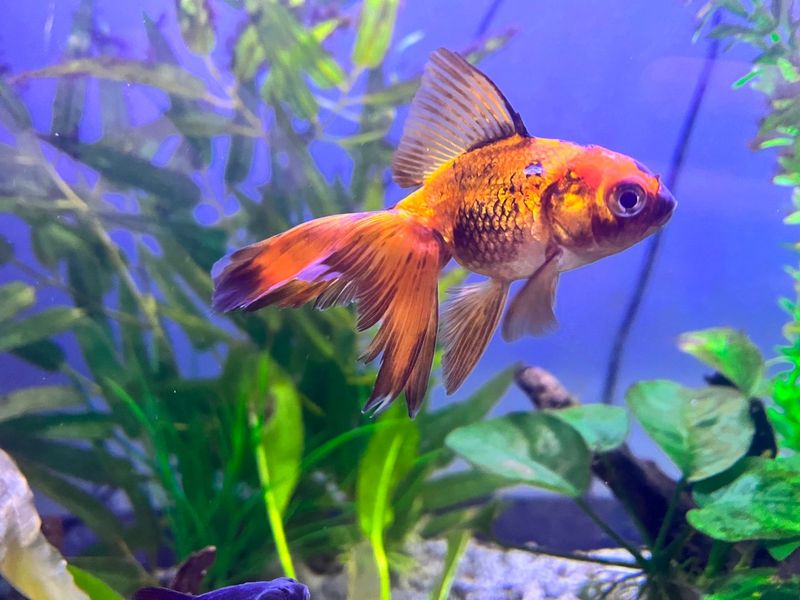
Notice your fish changing colors? This can be startling, but it’s often a natural response to mood, stress, or environmental changes. Many fish, like chameleons, use color changes to communicate or blend in.
Ensure their environment is stable and free from stressors that could cause dramatic color shifts.
Color changing can be a fascinating spectacle, reflecting their vibrant personalities!
16. Scratching On Plants
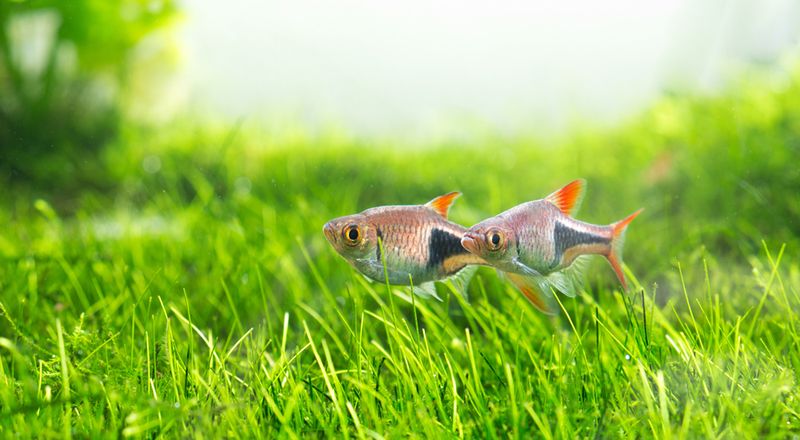
When fish scratch against plants, it can be a way to relieve an itch or engage with their environment. While occasional scratching is normal, frequent behavior could indicate parasites or skin issues.
Ensure your tank is clean and monitor for any signs of illness. In most cases, scratching is a harmless way for them to interact with their surroundings.
It’s just another quirk of their engaging behavior!
17. Blowing Bubbles
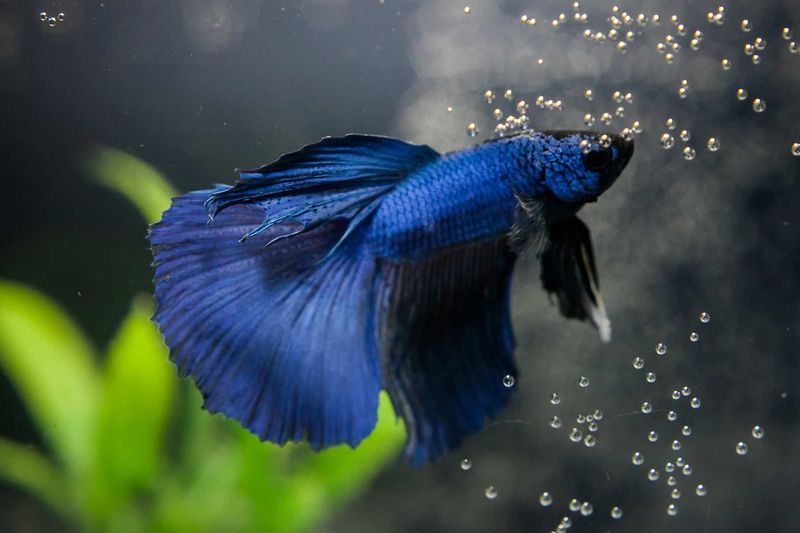
Bubble blowing can seem odd, but for fish like bettas, it’s a sign of contentment or nest-building. These bubbles often form a structure at the surface, known as a bubble nest.
If your fish engage in this behavior, it could signify they are comfortable and happy. Ensure the tank environment supports such natural behaviors.
Bubble blowing is a charming aspect of their personality, not a concerning behavior!
18. Jumping Out Of Water

Seeing a fish jump can be surprising! Often, it’s a playful action or an attempt to escape perceived threats. Some fish, like bettas, are known for their jumping prowess.
Ensure your tank has a secure lid and that the water quality is optimal to prevent stress-induced jumps.
Many times, jumping is just their way of exploring beyond the water’s surface!
19. Skimming Bottom
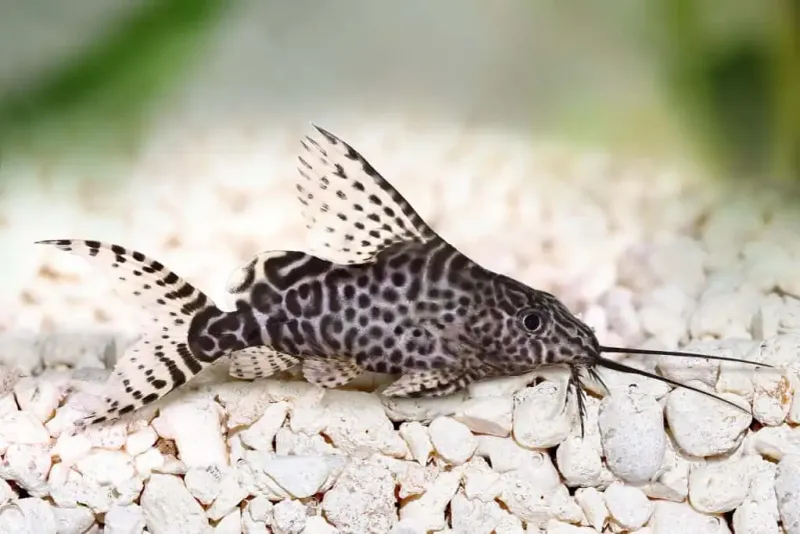
Watching a fish skim the tank’s bottom might seem unusual. Often, it’s a natural feeding behavior, as many fish search for food in the substrate.
Ensure they have enough food and that the tank’s bottom is clean to prevent any health issues.
Bottom skimming can be a fascinating behavior, showing their instinctual search for tasty treats!




